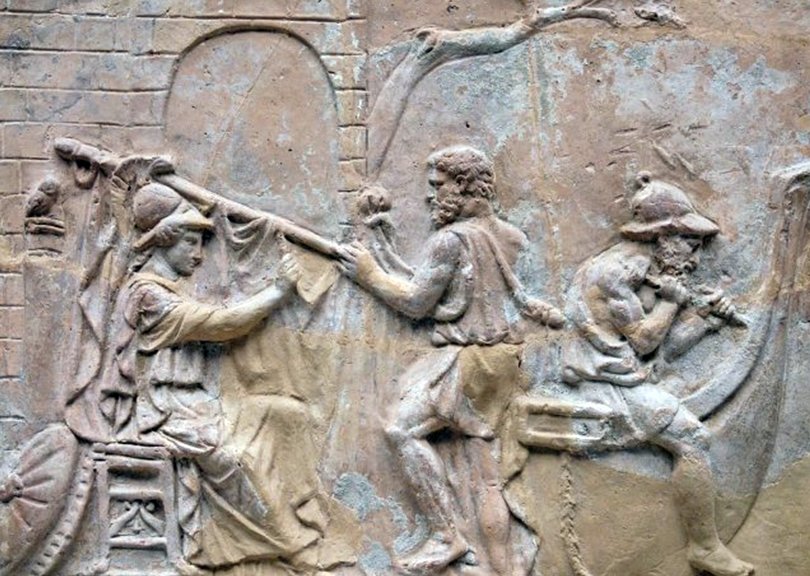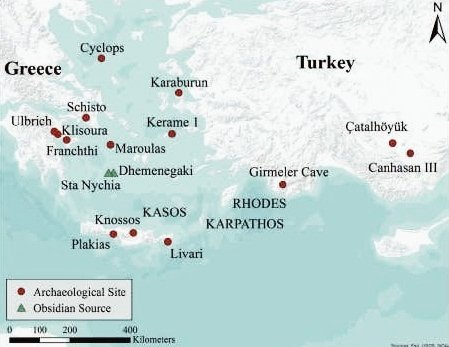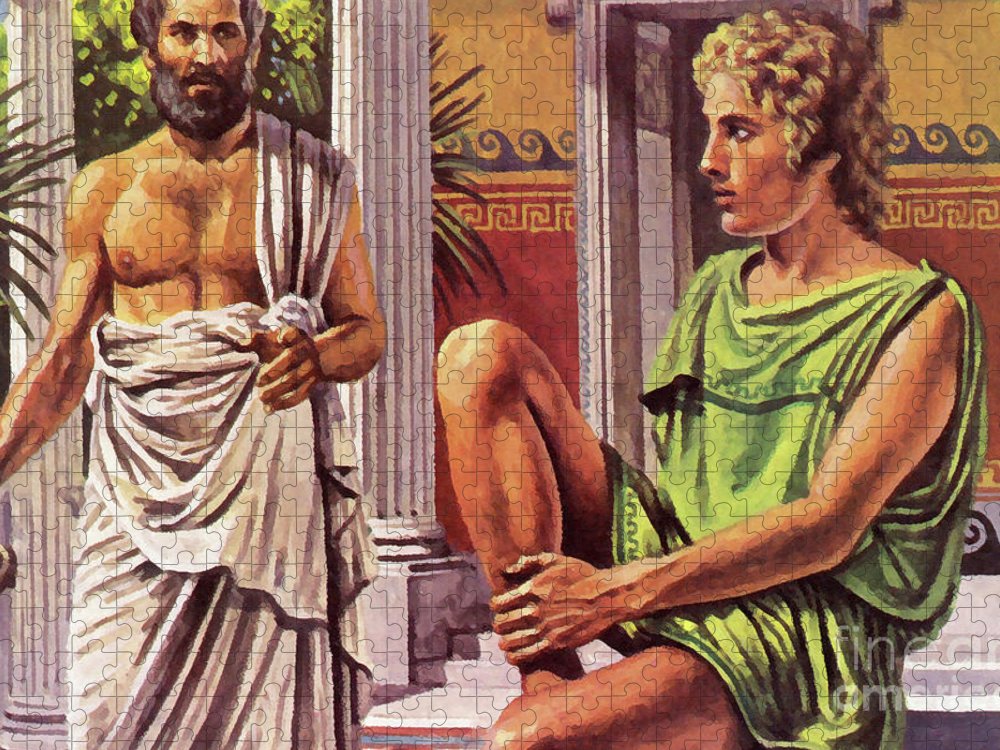
1/ The association of Homeric Troy with the layers of destruction throughout the 13th century BC on the hill of Hisarlik always attracts interest. But what followed the final destruction of Troy VIIi (formerly VIIa) around 1210 BC, and perhaps a little later? 

2/ As i have already pointed out, Troy VIi was already a ghost of the magnificent Troy VIh. Although a cultural continuity is visible, the Troy of the end of the 13th century BC is a degraded community, ➡️ 

➡️ where there is an attempt to hastily repair the walls and usage of rebuilt or new low-quality, smaller and narrower houses, in an environment of impoverishment and generalized insecurity. 

3/The fall of the city must be considered the determinist outcome of a faltering society, exposed in the general context of rearrangements and destructions of the LBA Collapse. However, the destruction of Troy VIi marks a transition to a culturally differential habitation horizon 

4/ After the destruction, the same process of repairing and reusing houses and part of the fortification walls is observed as in the past. ➡️ 

➡️ But now its inhabitants live under conditions of increased impoverishment, in a small-scale settlement within the site of the Citadel. Most of the city was a pile of rubble. 

5/ At the beginning of the 12th century BC (VIIb1 phase) the appearance of new cultural elements is observed, which indicate the presence of foreign population groups (probably of Balkan origin), ➡️ 

➡️ with the most typical case being the introduction of Handmade Coarse Ware (barbarian pottery), which coexists with the already used Anatolian Gray Ware and Tan Ware. The rescued old inhabitants of the city live together with the newcomers. 

6/ During this transitional period, which appears to have lasted at most fifty years, a limited commercial activity with the post-palatial Aegean is attested, while some LH IIIC ceramics appear to be local copies of very early prototypes. 

7/ Of particular interest is the discovery of a copper seal with Luwian hieroglyphic script that mentions the names of a man who probably worked as a scribe and a woman, probably his wife. ➡️ 

➡️ The find is unique, suggesting a decorative use and cannot attest to the existence of a Luwian linguistic substrate in the local population. 

8/ The transition to the next phase of Troy VIIb2 was smooth, without the existence of any layer of destruction. It is a period of gradual building development for Troy ➡️ 

➡️ with the settlement extending outside the walls, while the existing houses being extended and the orthostates being used frequently. 

9/ It is not certain that the city walls had a functional use and probably Troy VIIb2 is going through a peaceful period of social and economic reconstruction. ➡️ 

➡️ It is striking that the dominant pottery consists of ceramic patterns dating back to Troy VI, identifying a population that maintains strong ties to the earlier Trojan cultural tradition. 

10/ Nevertheless, the appearance of Knobbed Ware, as well as a assemblage of bronze tools (axe heads) attributed to the Troy VIIb2 phase, seem to represent a new population element, which moved from the Balkans to the wider area of the Hellespont. 



11/ The habitation phase VIIb2 lasted less than a century and was terminated by a layer of destruction probably by fire. However, some houses within the citadel remained intact and the site continued to be inhabited, Mycenaean pottery being replaced by Protogeometric. 

12/ In 950 BC Troy receives a final blow, as a new layer of destruction suggests, and the human presence from this point on takes on a periodic and sparse character. In the 8th century BC Aeolian colonists from NE mainland Greece would colonize Troad, naming it Ilion. 

13/ In conclusion, we could emphasize that Troy VIIb is a degraded city which try to stand on its own feet in a complex international environment. It is clear that Balkan populations settled in the Troad as part of a migratory movement across the Hellespont to Anatolia. 

14/ Its once important geostrategic position, which had allowed the local elite (on behalf of the Hittites) to control the Dardanelles Straits and the entrance to the Black Sea, turning Troy into a major commercial center, has been lost forever. 

15/ After many years, Troy lives in obscurity, in the shadow of international developments. The once powerful political and economic elite of the city no longer exists, ➡️ 

➡️ and no significant building has been found to indicate the existence of any powerful leadership. Everyone is fighting for a living. 

16/ The relations with the Aegean are limited, but the memory of the heroic exploits of the Mycenaean warlords in Troad attract Aeolian settlers, who wish to live in the lands of Homeric Ilion and appropriate the heroic heritage. 

• • •
Missing some Tweet in this thread? You can try to
force a refresh


























